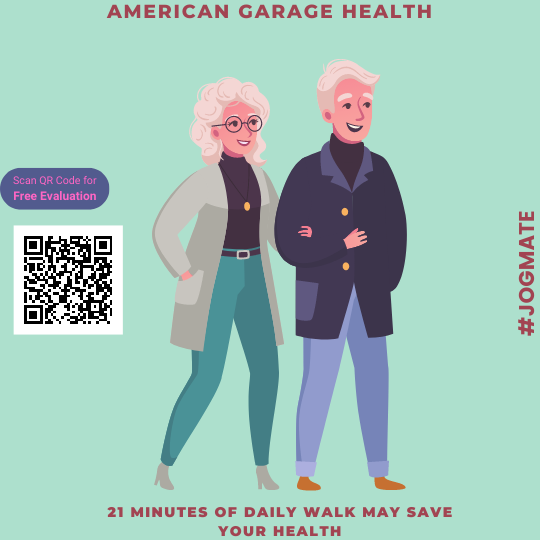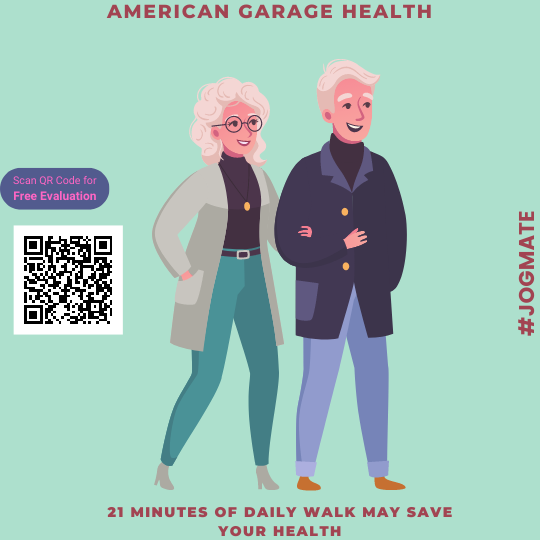After a heart attack, lifestyle changes and medications may be prescribed to reduce the risk of future heart problems.

A heart attack is also known as a myocardial infarction (MI). It occurs when blood flow to a part of the heart muscle is blocked for a prolonged period, leading to damage or death of the heart muscle cells due to lack of oxygen. While heart attacks can affect both men and women, there are some differences in how they present and their risk factors between genders.
This blockage usually results from the build-up of fatty deposits (plaque) in the coronary arteries, which supply blood to the heart muscle. Prompt medical attention is essential if someone is experiencing symptoms of a heart attack, as quick treatment can help minimize damage to the heart muscle and improve outcomes.
Treatment may involve medications to dissolve blood clots or open up blocked arteries (thrombolytics, antiplatelet drugs), procedures such as angioplasty and stenting to restore blood flow, or surgery in more severe cases.
Differences between genders:
The symptoms of a heart attack can vary but often include chest pain or discomfort, which may feel like pressure, squeezing, fullness, or pain or discomfort in other areas of the upper body, including the arms, back, neck, jaw, or stomach.
While heart attacks can affect both men and women, there are some differences in how they present and their risk factors between genders:
- Age of Onset: Men tend to have heart attacks at a younger age compared to women. However, the risk for women increases after menopause, and they tend to “catch up” to men in terms of heart attack risk as they age.
- Symptoms: While chest pain or discomfort is the most common symptom for both men and women, women are more likely to experience atypical symptoms such as shortness of breath, nausea, vomiting, back or jaw pain, or unexplained fatigue. As a result, women’s heart attacks may be misdiagnosed or overlooked.
- Risk Factors: Some risk factors for heart disease affect men and women differently. For example, diabetes increases the risk of heart disease more in women than in men. Additionally, certain conditions like polycystic ovary syndrome (PCOS) and pregnancy-related complications can increase a woman’s risk.
- Prevalence: Heart disease has traditionally been seen as a “man’s disease,” leading to under-recognition and undertreatment of heart disease in women. However, heart disease is the leading cause of death for women in most developed countries.
- Outcome: Women tend to have worse outcomes after a heart attack compared to men. They are more likely to die within a year of a heart attack and are more likely to have a second heart attack within six years of the first one.
It’s crucial for both men and women to be aware of their risk factors for heart disease and to seek medical attention immediately if they experience symptoms of a heart attack.
Additionally, healthcare providers need to be vigilant for atypical symptoms in women to ensure prompt diagnosis and treatment.
Treatment
The treatment for a heart attack is generally similar for both men and women, with the goal of quickly restoring blood flow to the affected area of the heart muscle to minimize damage and improve outcomes. However, there may be some differences in how treatments are approached or their effectiveness due to variations in symptoms, risk factors, and responses to medications between genders.
Here’s an overview of the typical treatments for both men and women:
- Medications: Both men and women may receive medications to help dissolve blood clots (thrombolytics), prevent further clot formation (antiplatelet drugs such as aspirin, clopidogrel), and reduce strain on the heart (beta-blockers, ACE inhibitors, or angiotensin II receptor blockers). The specific medications and dosages may vary based on individual patient factors.
- Procedures: Depending on the severity of the heart attack and the extent of blockage in the coronary arteries, procedures such as angioplasty and stenting may be performed to open up blocked arteries and restore blood flow. In some cases, coronary artery bypass grafting (CABG) surgery may be necessary.
- Lifestyle Changes: After a heart attack, both men and women are typically advised to make lifestyle changes to reduce the risk of future heart problems. This may include adopting a heart-healthy diet, engaging in regular exercise, quitting smoking, managing stress, and maintaining a healthy weight.
- Cardiac Rehabilitation: Cardiac rehabilitation programs are often recommended for both men and women after a heart attack. These programs typically involve supervised exercise training, education on heart-healthy lifestyle habits, and emotional support to help patients recover and reduce the risk of future cardiac events.
It’s important for healthcare providers to consider potential differences in symptoms and risk factors between men and women when diagnosing and treating heart attacks. Women may be more likely to present with atypical symptoms or have certain risk factors (such as diabetes or hormonal factors) that need to be taken into account when developing treatment plans. Additionally, more research is needed to further understand any potential gender-specific differences in response to treatments for heart attacks.
Conclusion
While heart attacks affect both men and women, there are some important differences in how they present, their risk factors, and their outcomes. Men tend to experience heart attacks at a younger age and may present with more typical symptoms such as chest pain, whereas women are more likely to have atypical symptoms and may be older at the time of their first heart attack. Additionally, certain risk factors for heart disease may affect men and women differently, and women may have worse outcomes after a heart attack compared to men.
Despite these differences, the overall approach to treating heart attacks is generally similar for both genders, focusing on quickly restoring blood flow to the heart muscle and implementing lifestyle changes to reduce the risk of future heart problems. Healthcare providers should be aware of potential gender-specific differences in symptoms and risk factors when diagnosing and treating heart attacks and tailor treatment plans accordingly.
Ultimately, raising awareness about the signs and symptoms of heart attacks in both men and women, promoting heart-healthy lifestyles, and ensuring timely access to appropriate medical care are crucial steps in reducing the burden of heart disease and improving outcomes for all individuals.
